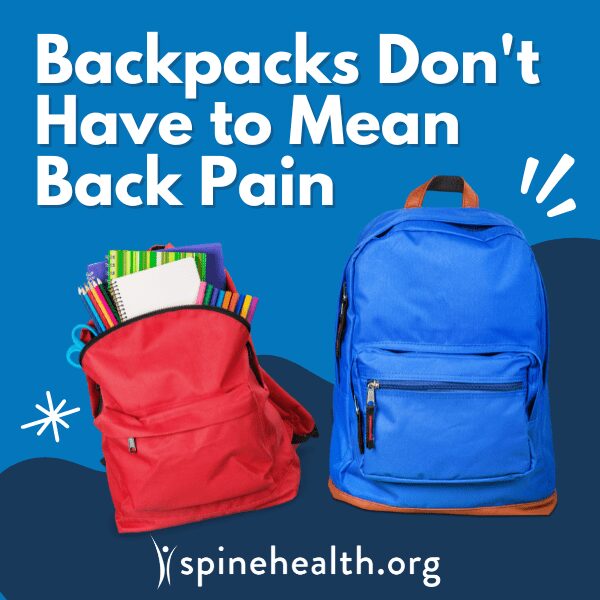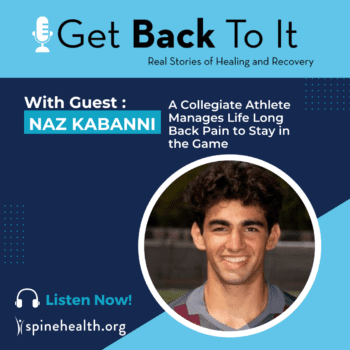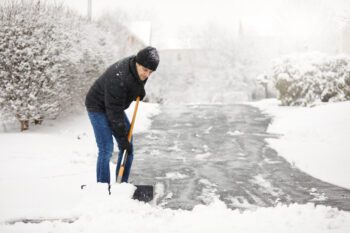
With students preparing for a new school year, you may be on the hunt for the perfect backpack. During your search, remember that a proper fitting backpack helps reduce the chances for neck or back pain. We have gathered these tips to find the best fit and make sure you don’t strain your spine.
TWO SHOULDERS
Look for a backpack with two adjustable straps, one for each shoulder. Double
straps help distribute the backpack weight evenly across your back. Adjustable straps can accommodate varying thickness of clothing, important for cooler weather when you are wearing a coat.
BALANCE THE LOAD
Find a backpack that has a waist or chest strap. These help to balance the backpack’s weight by keeping it in place while you move. Preventing side to side movement will make the load you carry more stable.
LIGHTEN THE LOAD
Base the amount of weight you can carry in your backpack on your personal weight. Children should not carry more than 10% to 20% of their body weight. Older adolescents and adults should not carry more than 10% of your body weight. Most kids carry more than this, and that can cause problems. The weight can pull a child backward, making them bend forward at the hips or arch the back to stay steady. This prolonged unnatural position can lead to shoulder, neck, and back pain.
BEND AT THE KNEES
You don’t want to strain your back by bending at the waist to pick it up. Instead, bend at your knees and use your legs to lift the backpack and wear the shoulder and waist or chest strap.
WEAR IT WELL
Make sure the backpack sits properly on your back. The best placement for your backpack is 2 inches above your waist. The lower it hangs below the waist, the greater weight the shoulders must carry which strains the muscles supporting your neck.
If your child has back pain or numbness or weakness in the arms or legs, talk to the doctor.
NSHF_BackpackTips_July2022

